Restoration of old books from the Cologne catastrophe - Dr. Erna Pilch-Karrer, Restorer, Austrian State Archives (Austria)
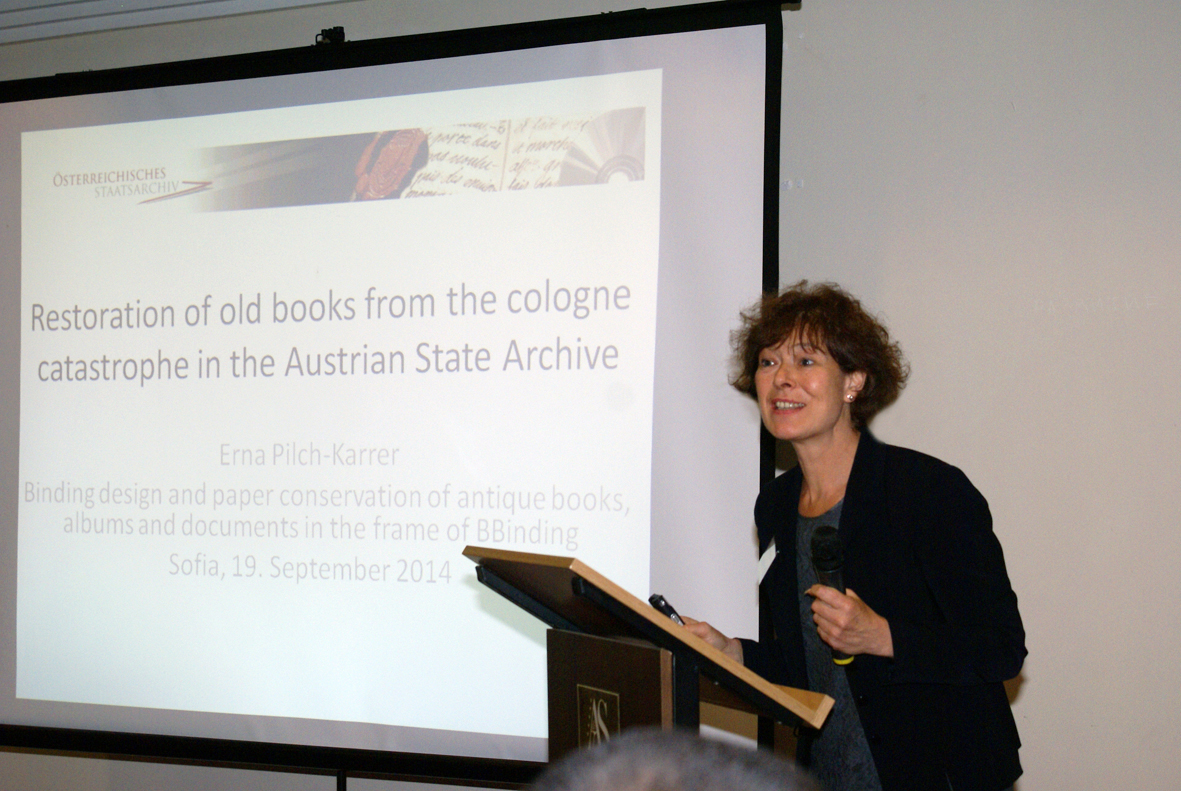
In our workshop of the Austrian State Archive six bindings arrived and within a year my colleague Adrienne Weissinger restored them additional to her normal daily work. The operations and considerations shall be discussed.
British Library conservation – a balance of preservation and access – Dr. Cordelia Rogerson, Head of Conservation, British Library (United Kingdom)
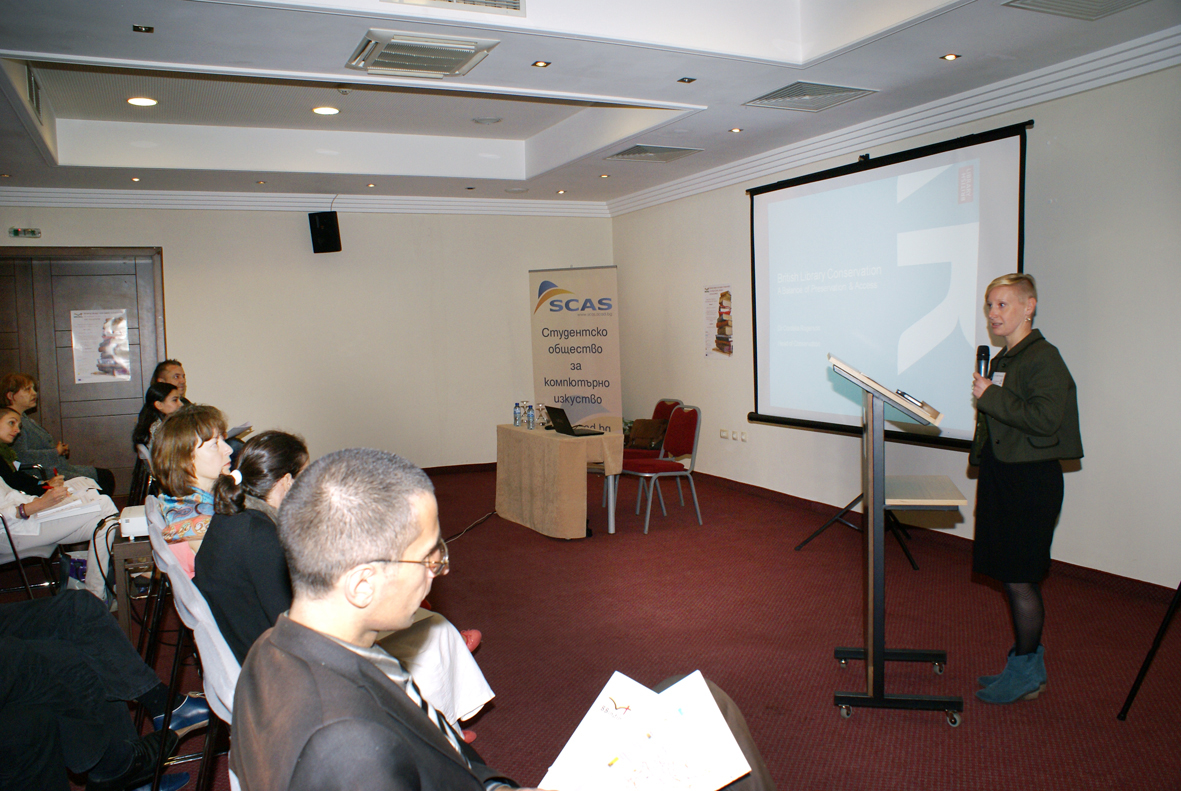
Even with a department of 36 conservators only a few hundred items a year will receive conservation treatment. The system used to prioritise which items are treated from the BL collections is essential to ensure the items with the greatest need are given treatment. This prioritising system will be discussed, including the advantages and disadvantages of the present method. Ideas for updating the process will be described.
Once items are selected for conservation a careful estimate of the time needed for treatment is necessary. A risk assessment model is used to ensure only the necessary work is done and no more. The principle for only undertaking the necessary work is called ‘fit for purpose.’ This means the object needs to be fit for its current future role and does not necessarily need full conservation. The estimating method used will be described including some project management tools to assist conservators in managing their projects carefully.
The paper will conclude by summarising the key performance indicators used to show the efficiency and impact of conservation within the BL. An evaluation of how the current approach does meet the libraries current needs will be given along with how plans to widen the current conservation skill set will meet the anticipated future needs.
Conservation of bindings and boards of historical books - Rumyana Decheva, Conservator-restorer, Centre for Slavo-Byzantine Studies “Prof. Ivan Dujcev” to the Sofia University “St. Kliment Ohridski” (Bulgaria)
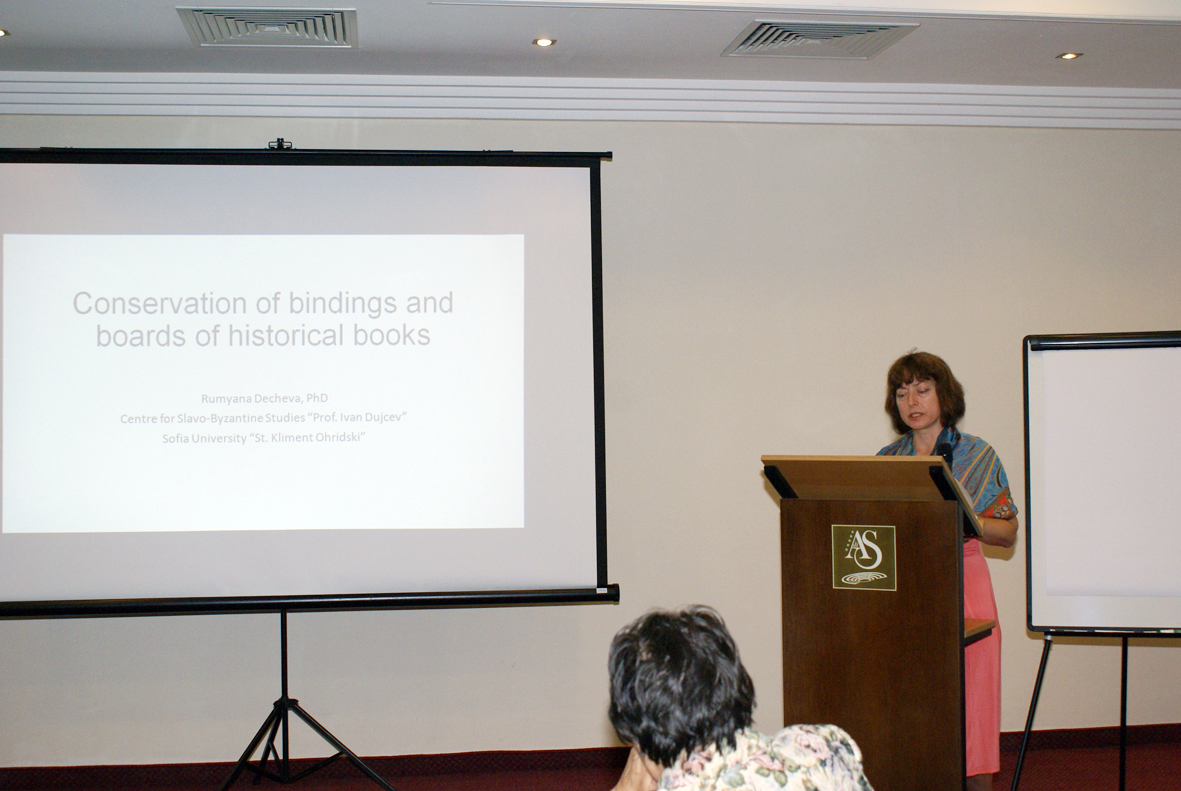
The role of Conservation in the real world - thirty years in private practice – Rob Shepherd, Managing Director, Shepherds Bookbinders (United Kingdom)
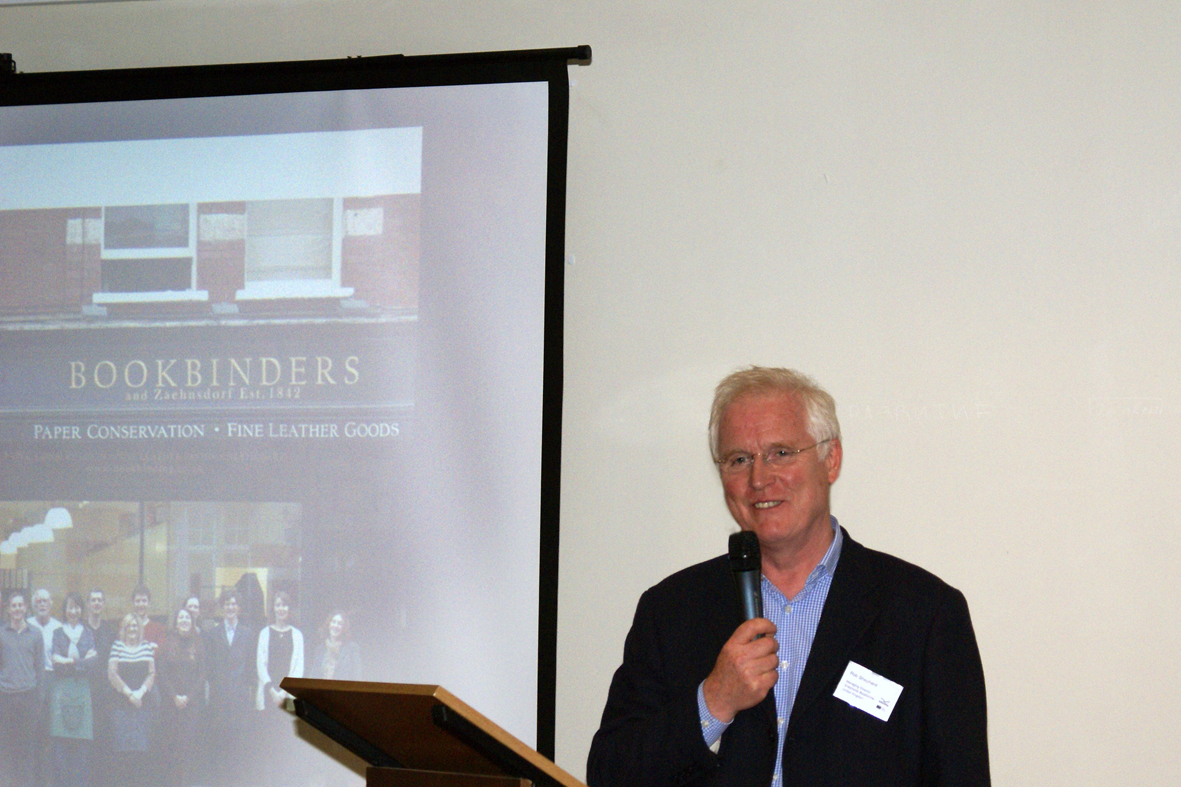
In part, my talk seeks to explain how such a diverse business balances conservation criteria against the demands of a broad customer base with very different attitudes and requirements. I will also attempt to explain the changes that have occurred in the bookbinding and conservation industry during my time in running Shepherds, which now stretches over thirty years. It is against this background that I will challenge some commonly held assumptions about the role of conservation and its relevance in a commercial environment.
Lastly, I will illustrate my talk with images that demonstrate the varied nature of our work and how such a diverse group of activities relate and to a large extent depend on each other. My talk will feature a powerpoint presentation which will include photographs from the Sangorski & Sutcliffe archive, arguably the most famous fine trade bindery in the world and images that will help explain different aspects our work such as the importing of Japanese repair papers and the sale of antiquarian and fine bindings.
Changing attitudes to craft bookbinding - Jeff Clements, Restorer and Bookbinder, Director of Restauratieatelier Meridiaan (The Netherlands)
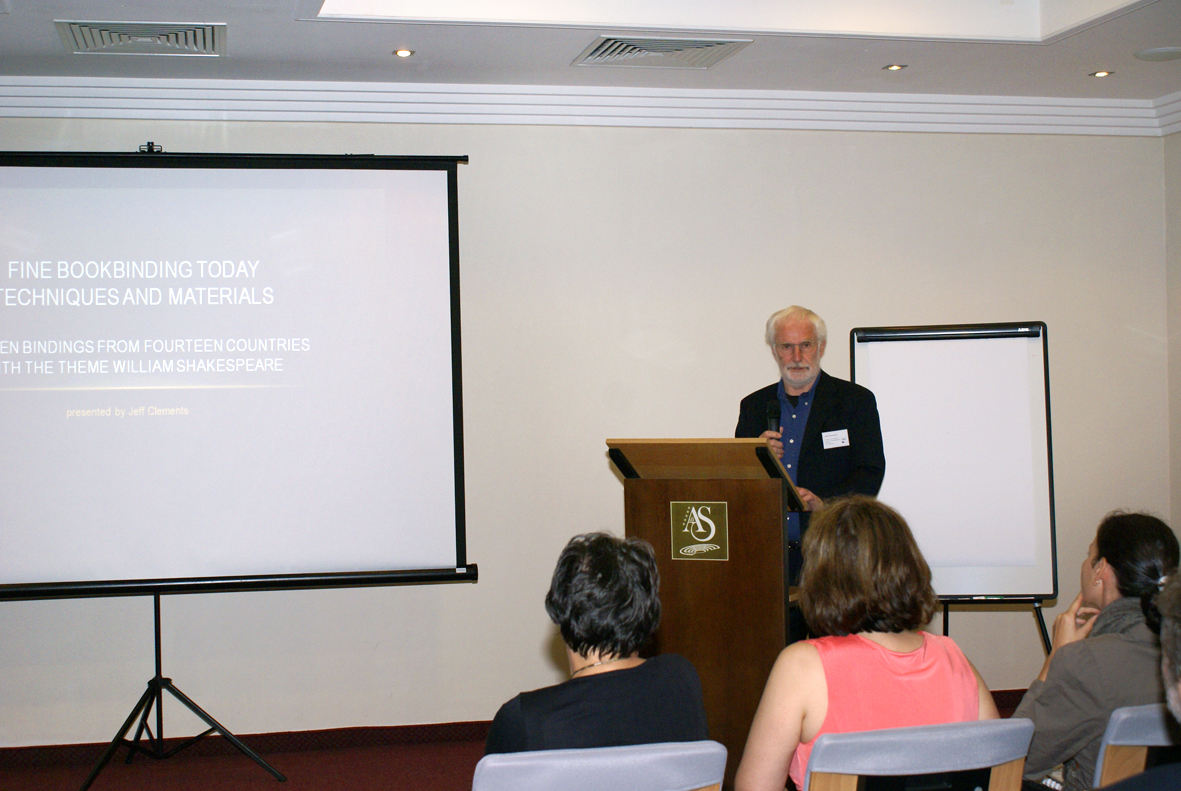
That craft bookbinding, artistic bindings, designer bindings, there are many names for this subject, still exists in this electronic age is something of a mystery. Clearly the need for the use of hands, head and heart combined with a creative spark has remained a constant factor regardless of the changes going on around us. This applies equally to numerous other creative crafts such as stained glass, ceramics and calligraphy, but the computer based book is already with us. Yet the fascination for the handmade codex and its binding continues all over the world.
